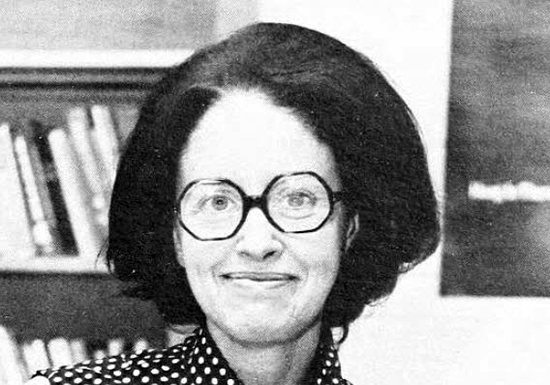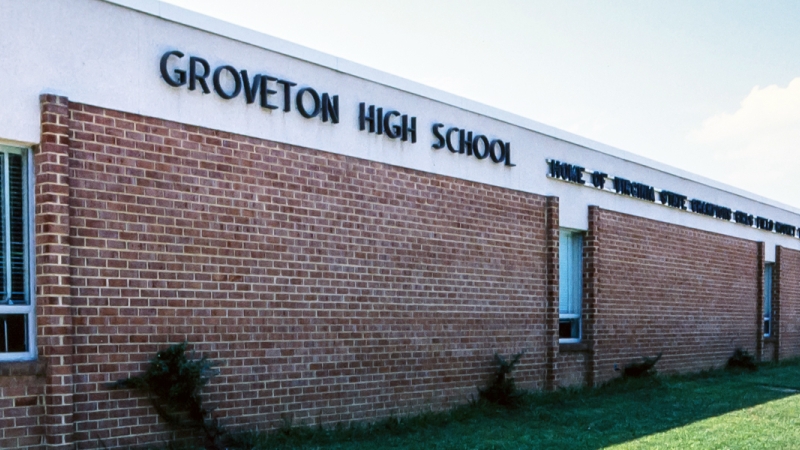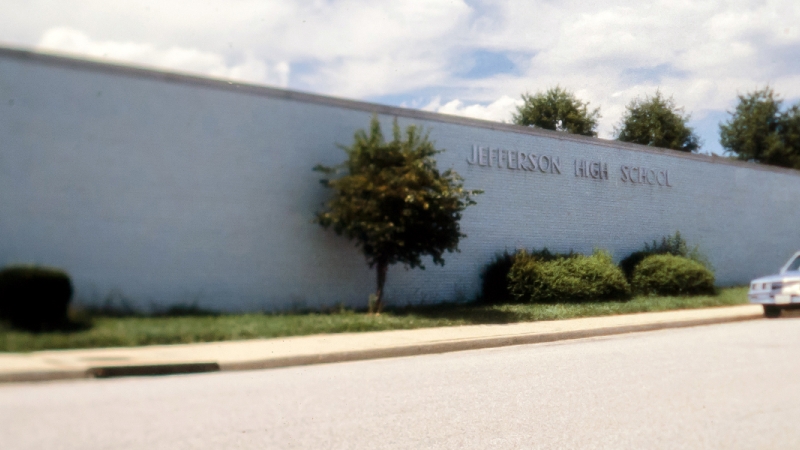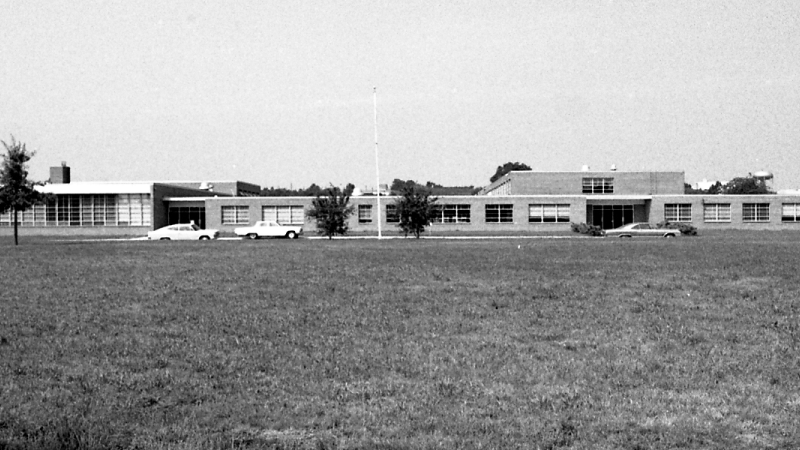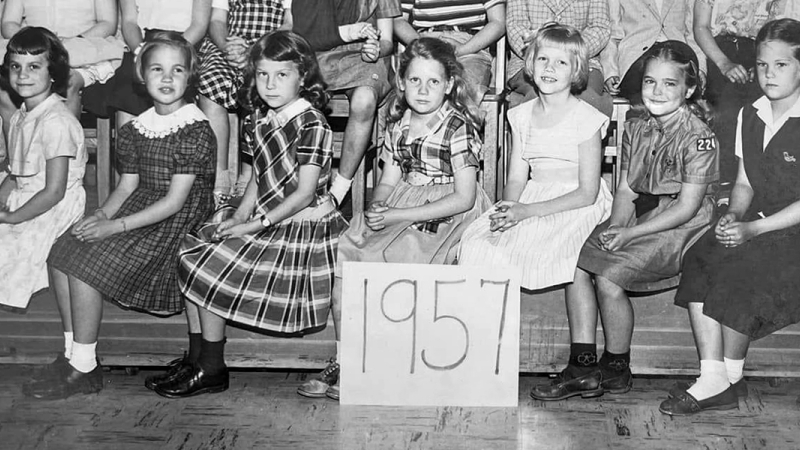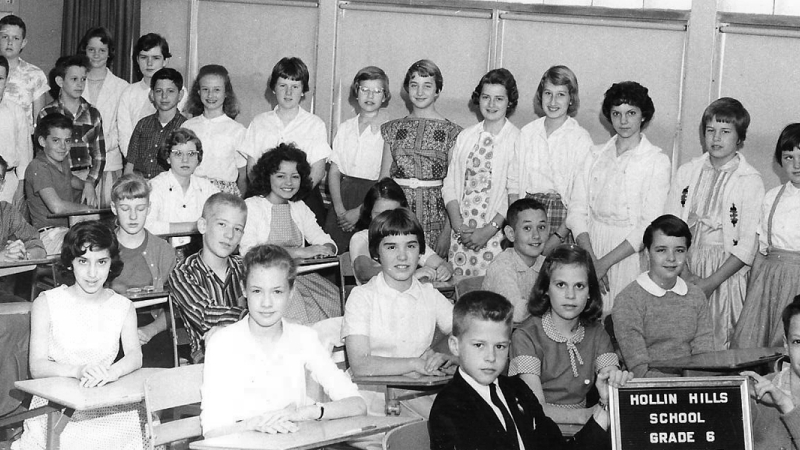
School History: Fort Hunt High School
Remembering Our Past
In September 1960, the Fairfax County School Board allocated $100,000 for the purchase of a 30-acre school site in the Fort Hunt area for a new high school. The architecture firm of Dwight G. Chase & Associates was hired to prepare plans for a 1,200-student capacity building. Construction began in January 1962, when the School Board awarded the project contract to the Thorington Construction Company of McLean, Virginia, for $2,577,000. One month prior, the School Board had gone against its own policy, which stated that all new high schools had to be named for a famous, deceased American, and named the building Fort Hunt High School because residents preferred that it be named for the community.
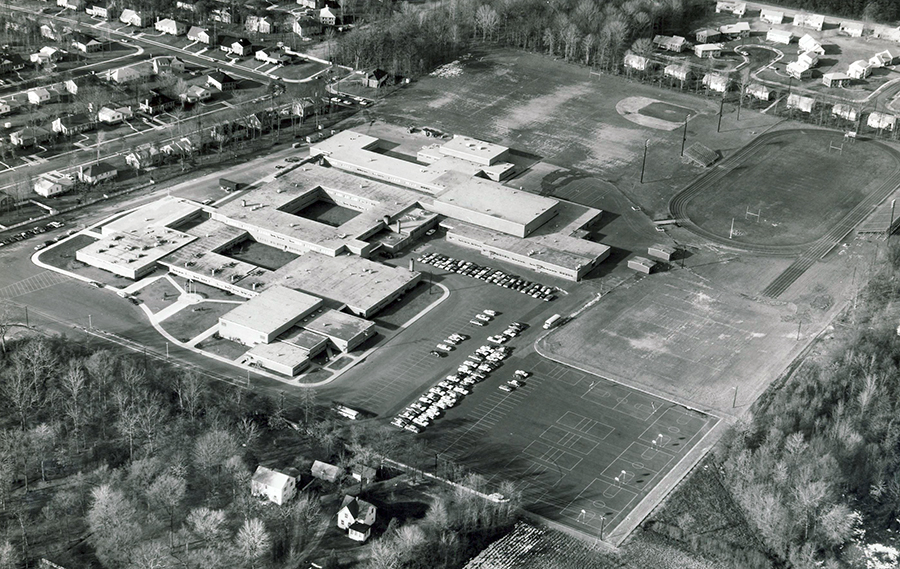
Fort Hunt High School opened its doors to students for the first time on September 3, 1963. During its first year, Fort Hunt had no senior class, and its student body consisted of grades 9-11.
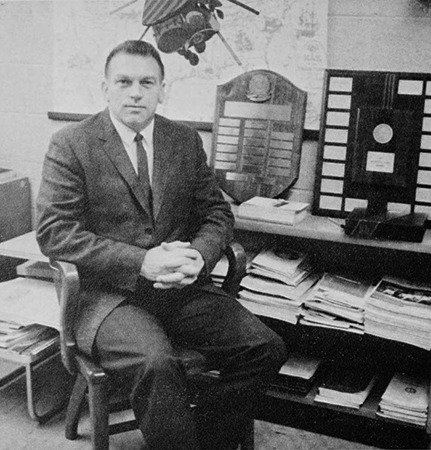
Fort Hunt High School opened at a time when the student population of Fairfax County Public Schools (FCPS) was rapidly growing. From September 1963 to September 1966, the number of students enrolled in FCPS increased from 80,558 to 101,832.
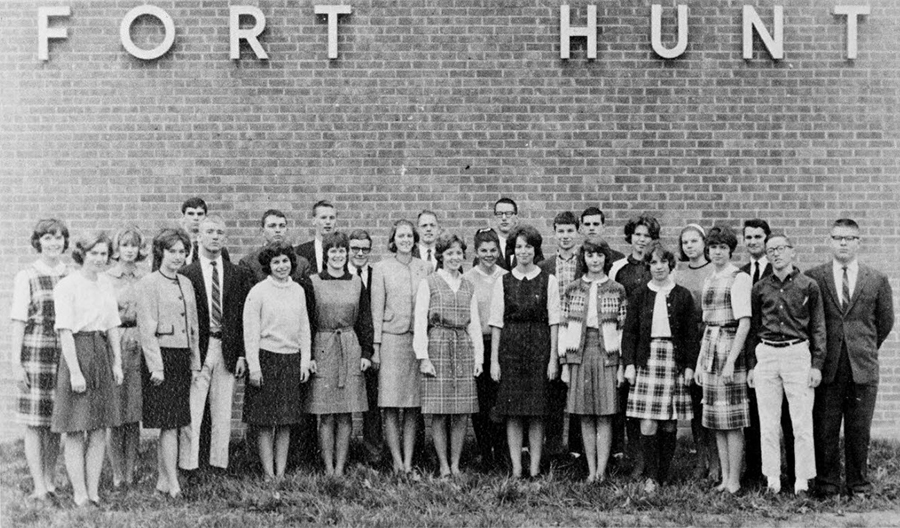
The racial desegregation of the public schools was also taking place. In September 1963, Fort Hunt admitted seven Black students – five in 9th Grade and two in 10th grade. During the 1964-65 school year, 35 Black students were enrolled at Fort Hunt, out of total enrollment of about 1,700 students.
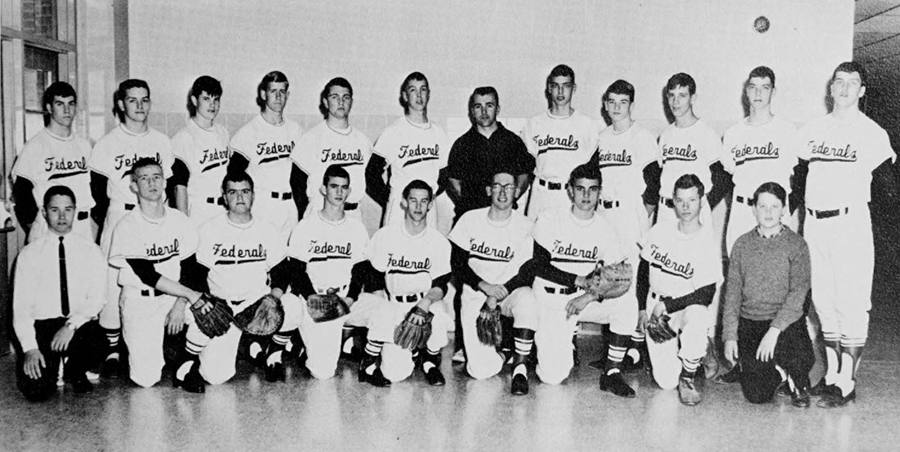
The Fort Hunt High School, Fairfax County’s newest high school, is planning a family and community activity called “Family Jubilee,” for Saturday, April 11. The proceeds from admissions will be used to purchase the school band’s uniforms. The jubilee will consist of choral group and band music, dancing of all types including square dancing, and games for children. Families may bring their own picnic lunches or elect to buy hot dog-type of fare. Fort Hunt was opened for classes in September 1963 (not including seniors) and still is not quite yet completed. ~ The Fairfax Herald, April 10, 1964
Additions to Fort Hunt
In April 1964, architect Dwight G. Chase was assigned to develop plans to expand Fort Hunt High School to a capacity of 2,000 students. Construction began in February 1966, when the E. Jay Smith Construction Company was hired to build the addition at a cost of $585,680.
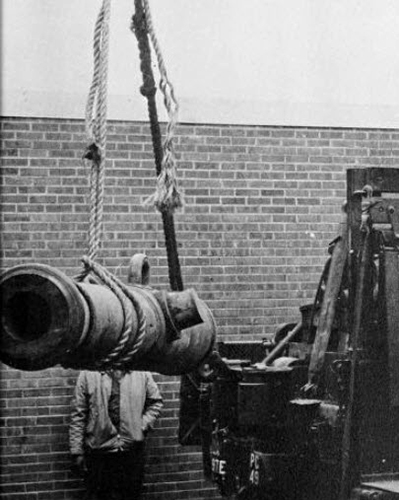
During the 1964-65 school year, Fort Hunt High School had a graduating class of 407 seniors. In the fall, the school began its first season of varsity football competition in Group 1-A, and the school’s chapter of the National Latin Honor Society held its first induction ceremony.
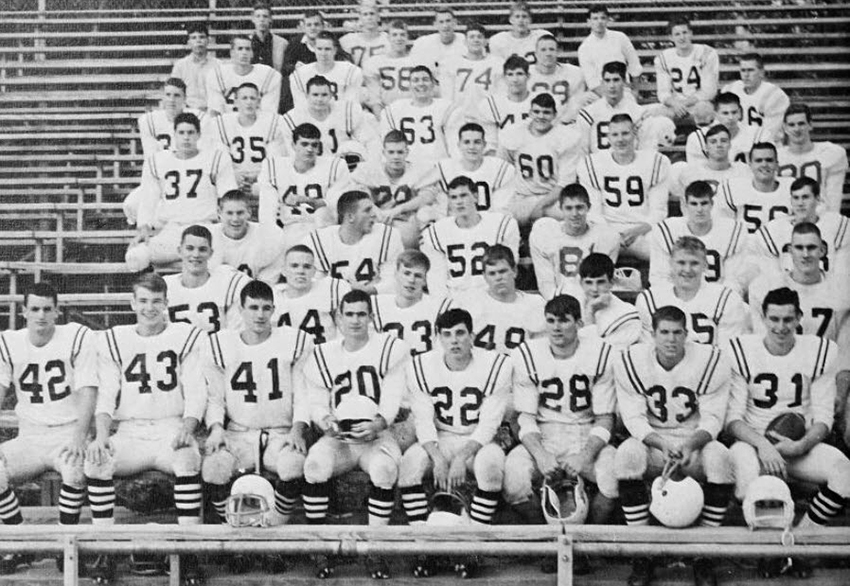
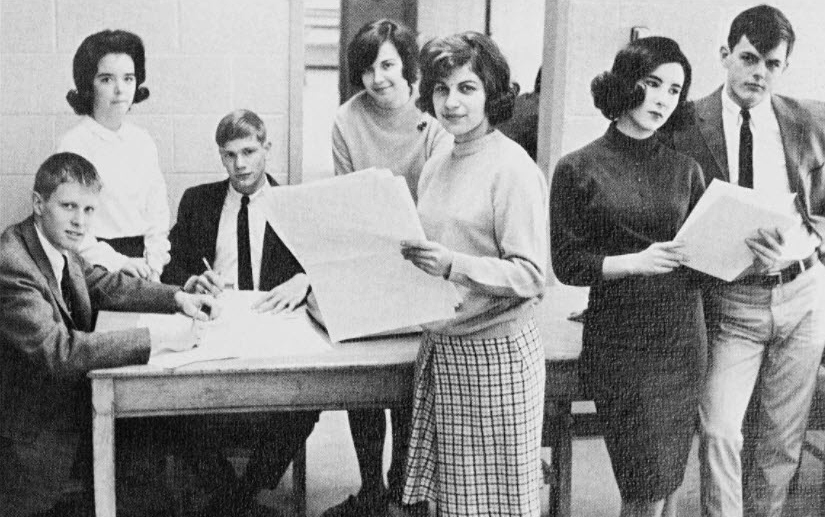
In August 1967, the School Board approved the construction of a planetarium at Fort Hunt High School. With enrollment at Fort Hunt continuing to grow, in February 1968 the board also authorized the construction of a second addition to the school to increase its capacity to 2,800 students. The plan also included the expansion of the school’s cafeteria, which could only seat 600 students at a time and was serving some 2,300 students daily.
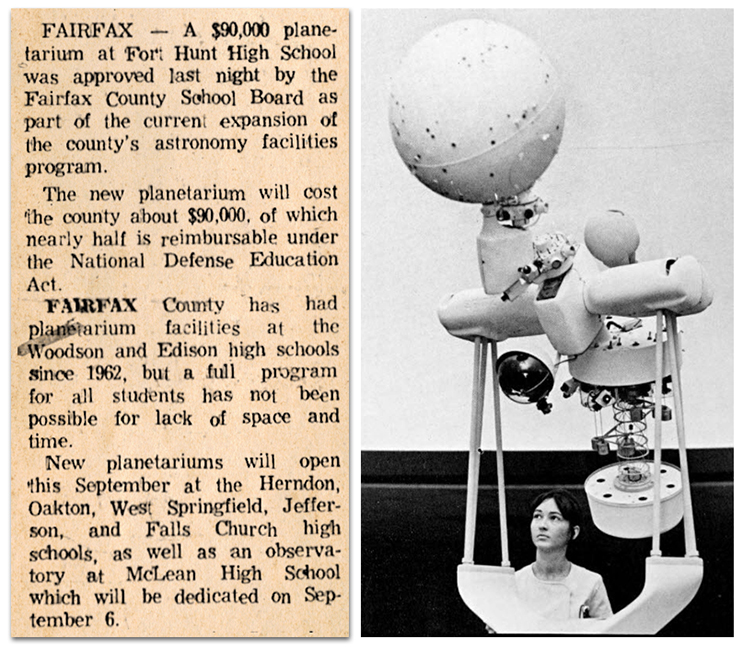
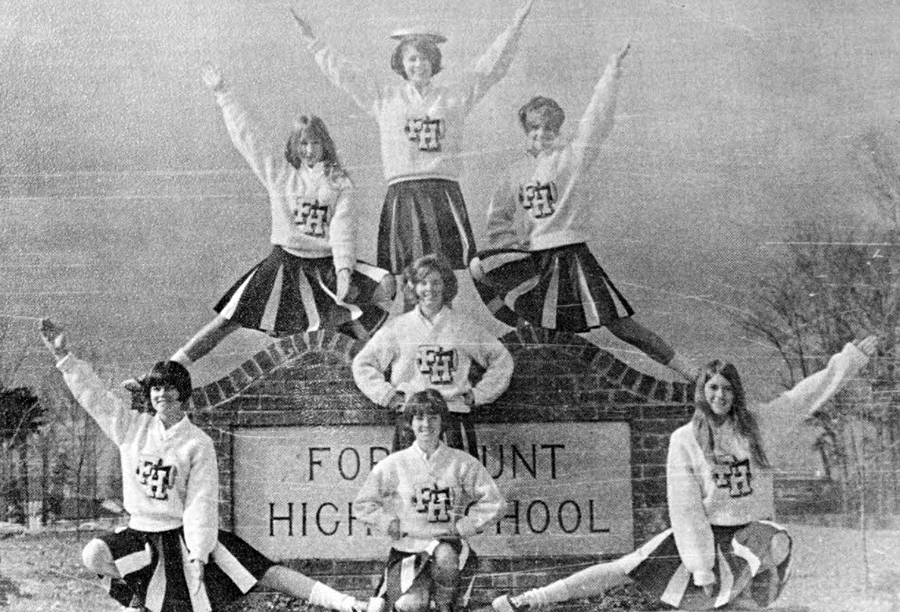
Construction of the second addition to Fort Hunt High School began in October 1968. Built at a cost of $305,890 by the Whyte Construction Company, the addition was scheduled for completion by September 1969.
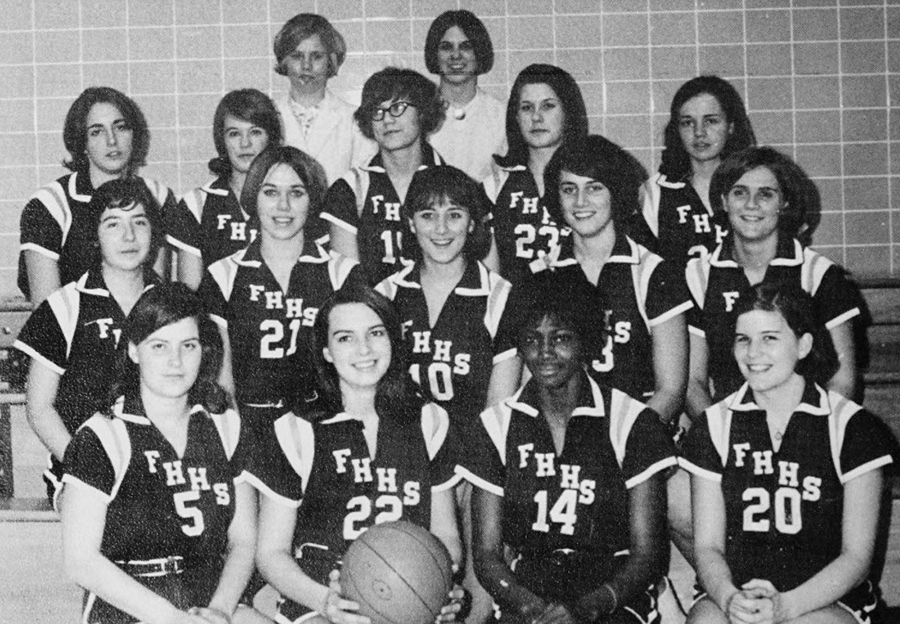
A Trip to Austria
Fort Hunt High School had a long tradition of excellence in music education. In July 1972, the symphonic band won first place at the First Annual International Youth Orchestra Festival in Vienna, Austria. Fort Hunt was selected by a panel of internationally famous band conductors as the most outstanding band in both concert performance and marching. Some 3,500 students from nine countries, including 27 bands from the United States, participated in the festival.
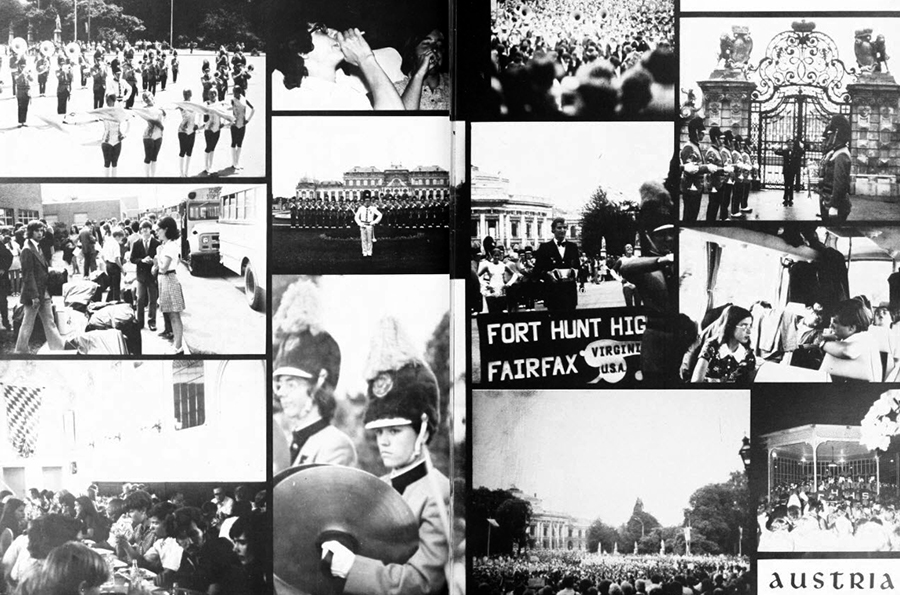
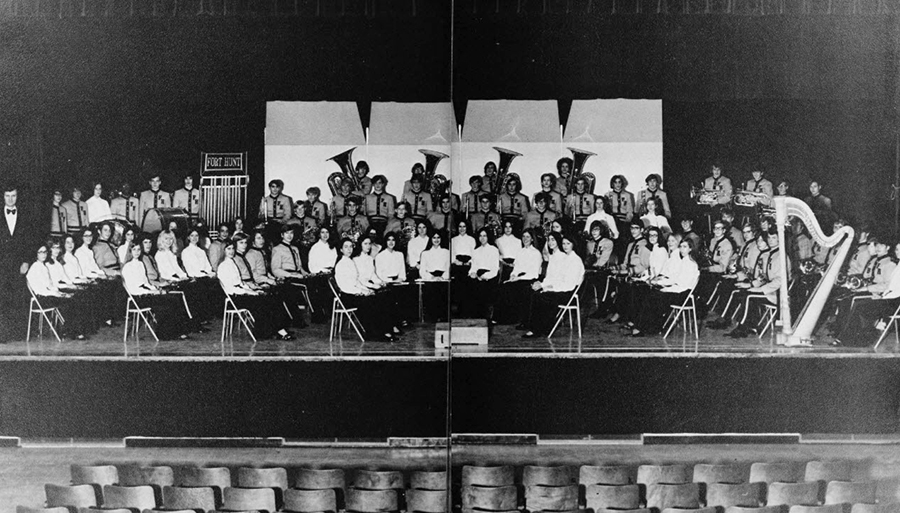
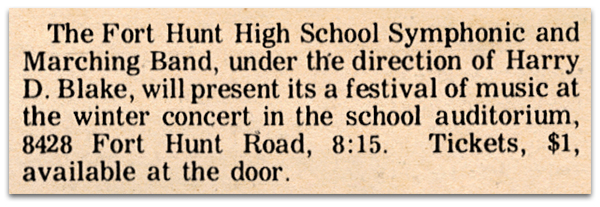
In 1975, 1976, and 1977, the symphonic band was awarded the Shenandoah Cup for the best band in all classes at the Shenandoah Apple Blossom Festival. Additionally, in 1976, the band was selected by the governor to represent the Commonwealth of Virginia at the Lehigh County National Bicentennial Festival of the Colonies in June. In 1977, the symphonic band was selected as the “best of bands” out of 45 bands that performed at the national invitational at Six Flags Over Georgia. In 1978, Fort Hunt was judged best in class 4-A and best overall band at the Daytona Beach Music Festival in April. In 1979, Fort Hunt won first-place at the International Festival of Music held at Quebec, Canada.
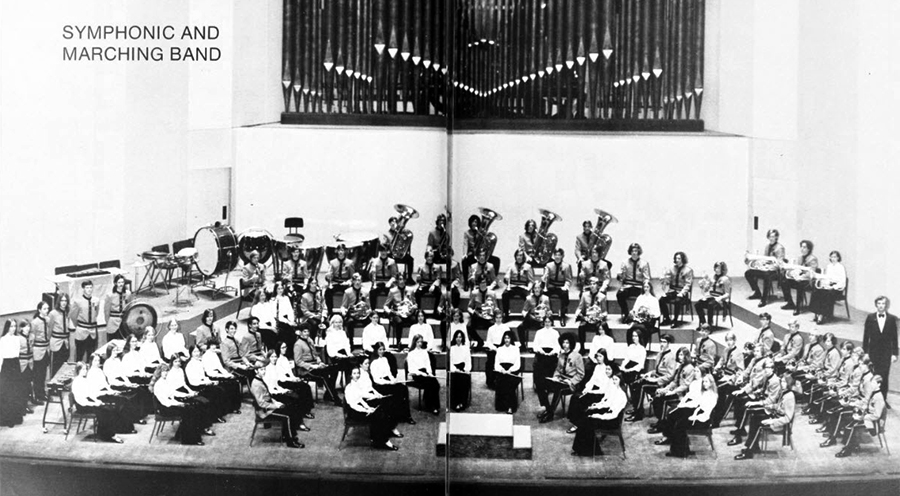
Arsonists Strike
Fort Hunt High School was damaged by arson twice in the 1970s. The first incident took place in February 1975, when the IBM room was hit by arsonists who left $180,000 in damage to facilities and equipment. The damage disrupted attendance reporting and delayed third-quarter grade reporting.
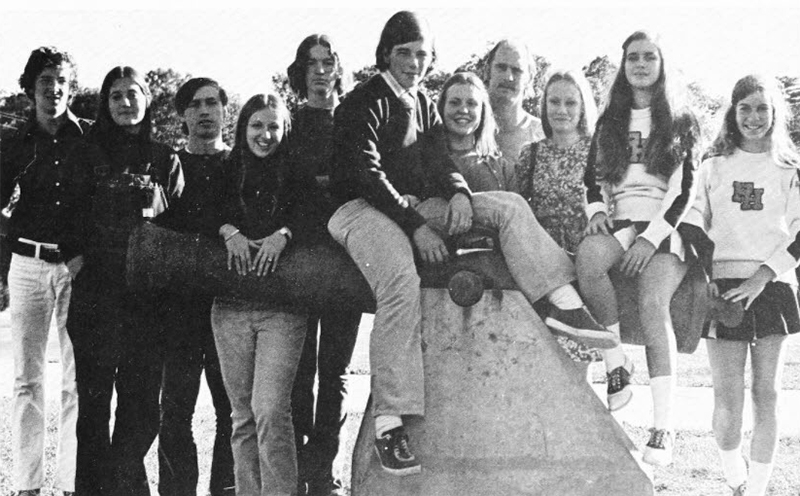
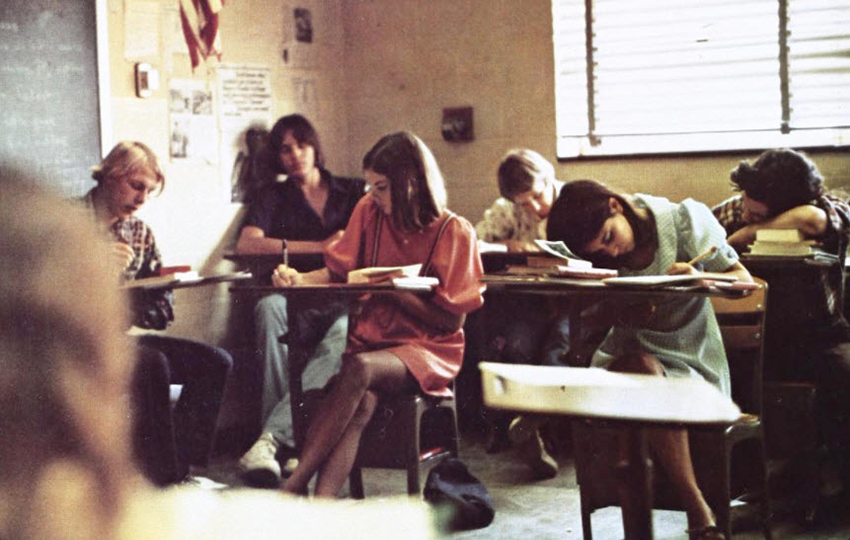
The second fire at Fort Hunt was far more devastating. Started early in the morning on December 30, 1978, the fire severely damaged the band room, choral room, music room, auditorium, administration and guidance offices, cafeteria, kitchen, home economics department, and business education department and caused extensive smoke damage throughout the building. Whole sections of the school had to be demolished and rebuilt.
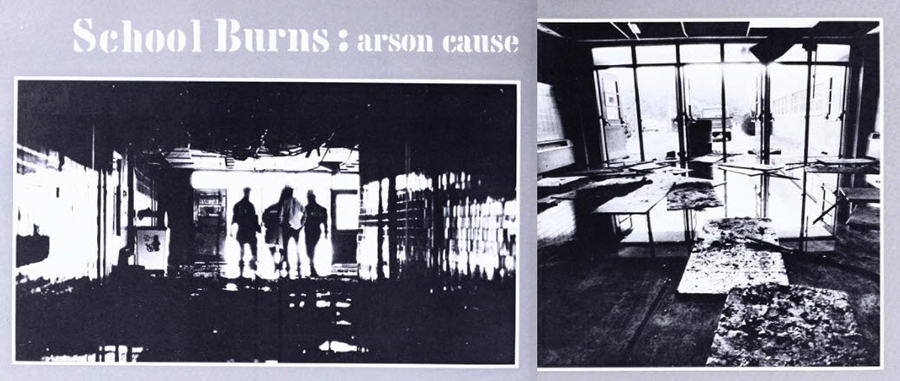
Sloshing through rainwater that poured through a burned-out roof and onto a dark and damp school corridor, James E. Manning fought back tears yesterday. “What a shame. What a massive shame,” he said. “I feel sorry for anyone sick enough to do this to a school building. It’s so depressing. The students here are too good to deserve something like this to happen.” ~ The Evening Star, January 3, 1979
The fire caused $4.5 million in damage to the school. Days later, students returning from winter break were bused to Groveton High School where they attended school on double shifts with Groveton’s students.
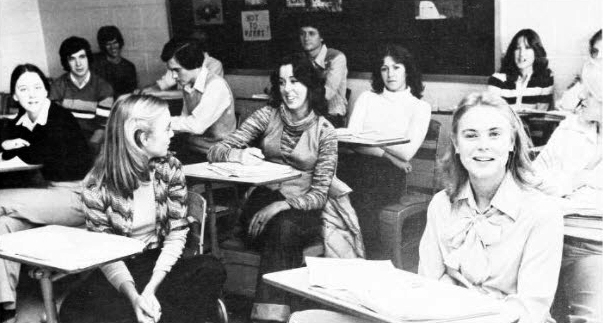
The damage to Fort Hunt was so extensive that serious consideration was given to closing Fort Hunt permanently. On March 23, 1979, Fort Hunt’s students were shifted to Mount Vernon High School, where they attended school on double shift for the remainder of the year.
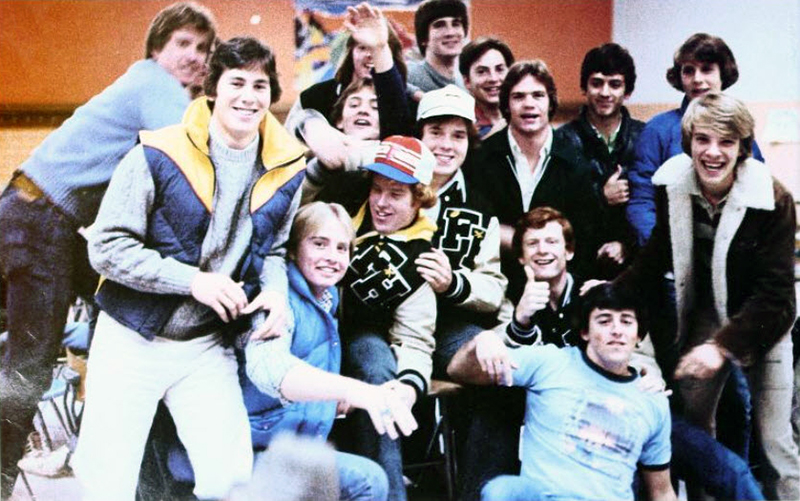
Fort Hunt High School reopened to students on September 4, 1979. The restoration work on the school’s administrative offices, kitchen, and home economics area continued while school was in session. Additionally, a renovation of the entire school’s electrical and plumbing systems, which had been planned before the fire, and for insurance reasons could not be done during the restoration, was also carried out during the 1979-80 school year.
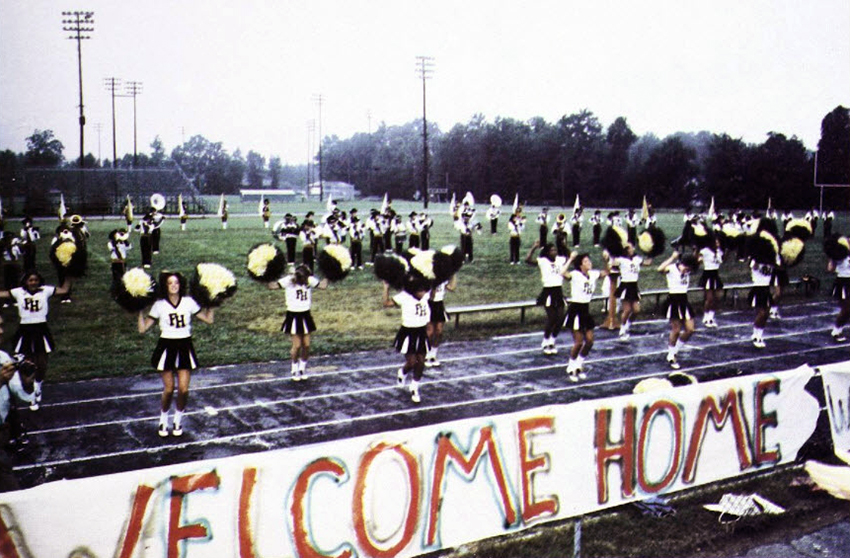
Fort Hunt High School was formally rededicated on February 24, 1980. The Washington Post reported that, “During the ceremony, the gymnasium thundered with applause, foot stomping and whistling when the Fort Hunt symphonic band ended the Overture of 1812 with a might clash of cymbals and a deafening bass drum.”
Fort Hunt Closes
In 1972, after three decades of continued growth, enrollment in FCPS peaked at 138,000 students. From the mid-1970s into the 1980s, enrollment steadily declined, which led to the closure of 13 elementary schools between 1975 and 1982. As more and more students aged out of the school system, the intermediate and high schools began to see an abundance of empty classrooms.
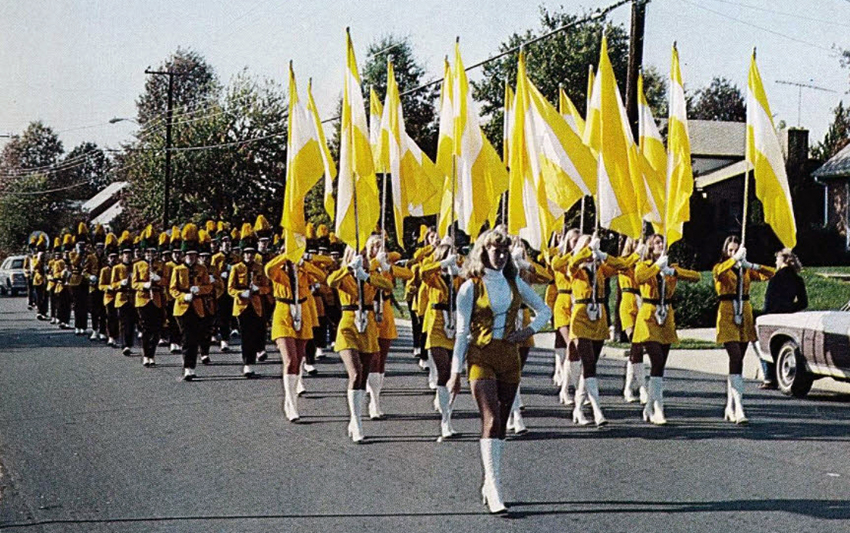
In 1985, citing high operating costs and declining enrollment, the School Board voted to close Fort Hunt High School and merge its student body with that of Groveton High School. The consolidation of the two schools had a ripple effect on their intermediate feeder schools.
The most controversial aspect of the Board’s action was its conversion of Fort Hunt High School to an intermediate school. Students and teachers from Bryant and Foster intermediate schools will shift, en masse, to the new Fort Hunt Intermediate, while students and teachers from Whitman Intermediate will move as a unit to Foster’s present side. Projected enrollment for the new Whitman/Foster Intermediate is 750 students, with 1,100 students projected for Fort Hunt Intermediate. Whitman currently has 680 students, while Foster has 670, and Bryant has 550. ~ The Washington Post, March 28, 1985
The name Groveton was retired, and the school was renamed West Potomac High School. Fort Hunt Intermediate School was given the name Carl Sandburg.
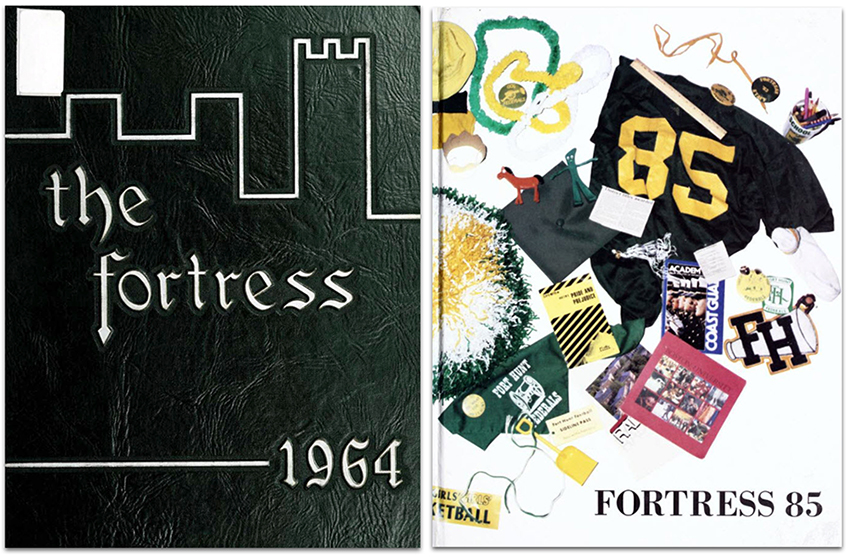
The Principals
The principals of Fort Hunt High School were George M. Gibbs (1963–January 1971), Rodney B. Taylor (January 1971–January 1976), James E. Manning (1976–1980), and Thomas J. Cabelus, Jr. (1980–1985).
The Barbara Long Memorial Library
In April 1976, the School Board named the library at Fort Hunt High School in honor of Barbara Long. Ms. Long had worked at Fort Hunt as an English teacher from September 1970 until her death from a brain tumor in March 1976.
The English Department of Fort Hunt High School desires to memorialize Barbara Long, who is remembered as an avid reader and a warm and caring teacher who loved books and young people, with an appropriate plaque and a portrait of her in the school library. ~ Fairfax County School Board Meeting Minutes, April 8, 1976
